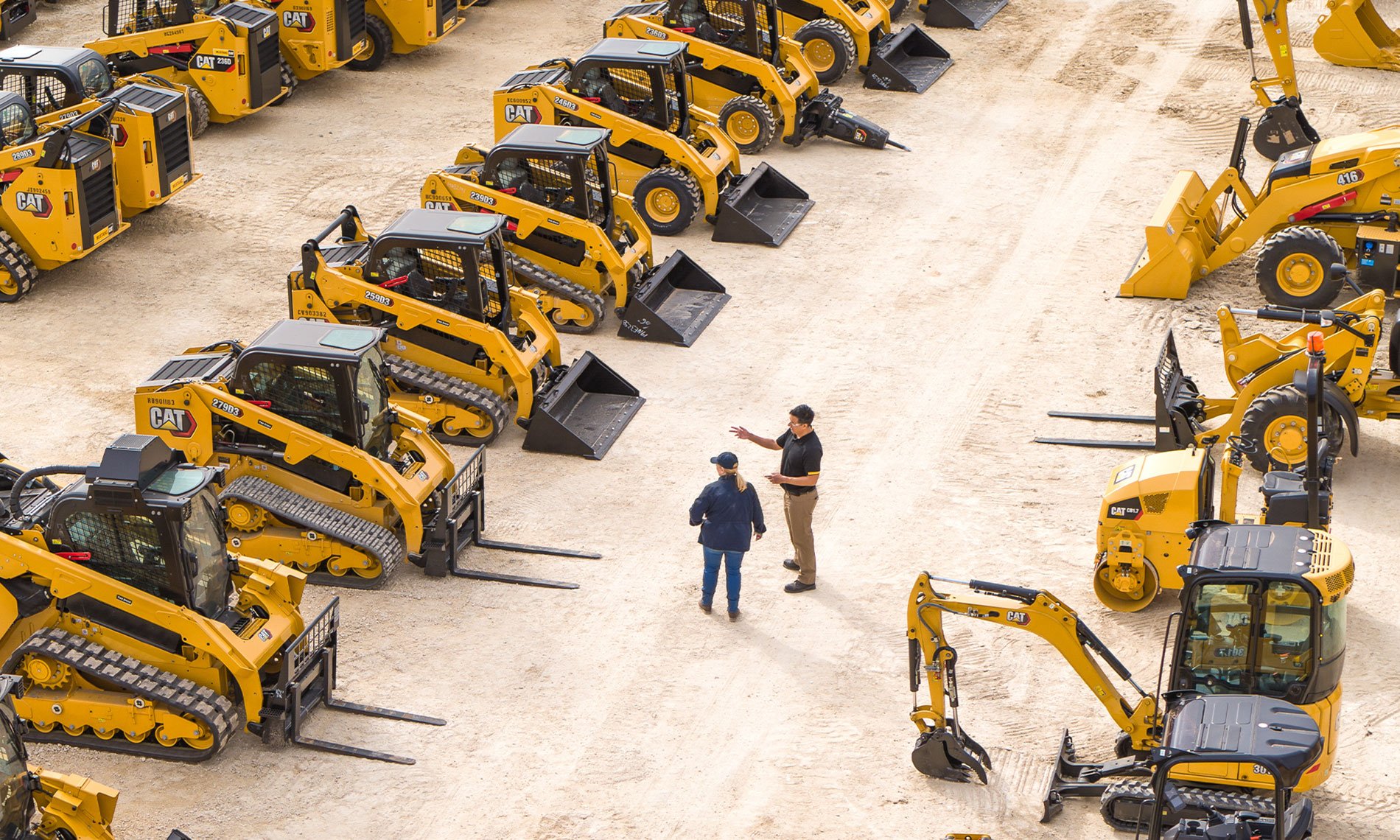Maximize Your Budget by Understanding the Expenses Related To Construction Tools Rentals
Comprehending the complete extent of prices linked with building and construction tools services is vital for maximizing your budget plan. What techniques can be used to efficiently manage these expenses and ensure a more efficient rental experience?
Introduction of Rental Prices
When considering building and construction equipment rentals, understanding the associated expenses is paramount for effective budgeting and job preparation. Rental prices can differ significantly based on a number of aspects, including devices type, duration of service, and place. The preliminary rental charge usually mirrors the devices's market need and its connected operational abilities, affecting the general expenditure.
In addition to the base rental price, secondary costs might arise, such as transport costs, fuel additional charges, and upkeep charges. It is crucial to account for these additional expenses to accurately assess the complete cost of renting out tools. In addition, the rental period can affect prices; longer services might certify for discounted prices, while short-term rentals might incur higher day-to-day charges.

Failure of Rental Rates
A comprehensive understanding of rental prices is crucial for professionals and job supervisors aiming to optimize their budgets. Rental rates for building tools generally contain numerous components, consisting of base prices, time-based charges, and use charges.
Base prices are the core fees connected with the rental of the tools, usually figured out by the kind and dimension of the equipment. These prices can vary significantly, influenced by elements such as equipment need, accessibility, and local market trends. Time-based fees, which may be daily, weekly, or monthly, serve to suit various project timelines and rental durations.
Additionally, rental prices might include use costs, which are appropriate when tools is used beyond a defined threshold, ensuring that the rental business can account for wear and tear. Seasonal need variations can additionally influence rental rates, with peak building and construction seasons normally commanding greater costs.
In addition, understanding the rental firm's policies relating to upkeep and insurance can offer further understanding into the total expense framework. By examining these components, service providers can make informed decisions, making certain the option of rental tools aligns with both task demands and budget plan constraints.
Extra Charges to Take Into Consideration
Recognizing the ins and outs of additional costs is essential for service providers to manage their general service expenses effectively. Beyond the common rental prices, various supplementary charges can considerably impact the overall price of equipment service. These charges typically consist of distribution and pick-up costs, which can vary based upon range and Extra resources logistics associated with carrying the equipment to and from the work site.
Furthermore, some rental business may impose gas additional charges if the devices is returned with much less gas than when rented out. It is likewise vital to recognize possible cleaning fees, especially for customized tools that requires detailed maintenance after use.

Extensively assessing the rental contract and clearing up these added costs upfront can assist service providers make certain and prevent unexpected prices that budgets continue to be intact throughout the job lifecycle.
Maintenance and Fixing Expenses
Normal upkeep and fixing costs are frequently forgotten variables that can significantly influence the total price of construction devices services. When leasing equipment, it is critical to consider not just the rental costs but likewise the prospective costs related to maintaining the equipment in optimum operating condition.
Numerous rental companies consist of fundamental upkeep as part of the rental arrangement; nonetheless, much more substantial repair work or unexpected failures can lead to added costs. It's vital to assess the rental agreement carefully to comprehend what upkeep services are covered and what responsibilities drop on the renter.
Additionally, tools that is not well-maintained can bring about ineffectiveness on the job website, potentially raising and causing delays job expenses. To reduce these dangers, it is a good idea to conduct routine assessments and maintain open interaction with the rental supplier regarding any type of issues that emerge during use.
Insurance Policy and Obligation Prices
Insurance policy and obligation prices are important elements that can substantially affect the overall expenditure of building and construction devices rentals (boom lift rental). These expenses make certain that both the rental firm and the customer are protected from potential economic losses developing from site dumpers mishaps, damage, or burglary throughout the rental period

In addition, clients must recognize any kind of deductibles or exemptions in the insurance plan, as these can affect possible out-of-pocket costs. Comprehending the terms and conditions of any type of insurance policy protection is important to avoid unanticipated expenses. Eventually, budgeting for insurance and liability costs can help ensure a smoother rental experience and safeguard versus monetary threats connected with building tasks.
Verdict
Finally, an extensive understanding of the prices related to construction tools rentals is essential for efficient budget management. By analyzing rental rates, added costs, upkeep expenses, and insurance individuals, companies and requirements can reduce unanticipated expenditures. This critical approach not only improves cost-effectiveness however likewise guarantees that tasks proceed efficiently and effectively. Ultimately, notified decision-making relating to devices services adds to the general success of building undertakings.
Rental costs can differ significantly based on numerous factors, consisting of equipment type, period of leasing, and place (dozer rental). The rental duration can impact prices; longer leasings might qualify for reduced prices, while temporary rentals may sustain greater daily costs
By carrying out complete research and involving with trustworthy rental business, specialists can efficiently browse the intricacies of rental rates, ultimately maximizing their economic resources.
Beyond the common rental rates, numerous auxiliary charges can dramatically why not look here impact the overall cost of devices rental. Rental firms often provide liability insurance policy that covers injuries to third parties or damage to home, while devices damage insurance policy can cover the cost of repair work or substitute if the rented out equipment is harmed.